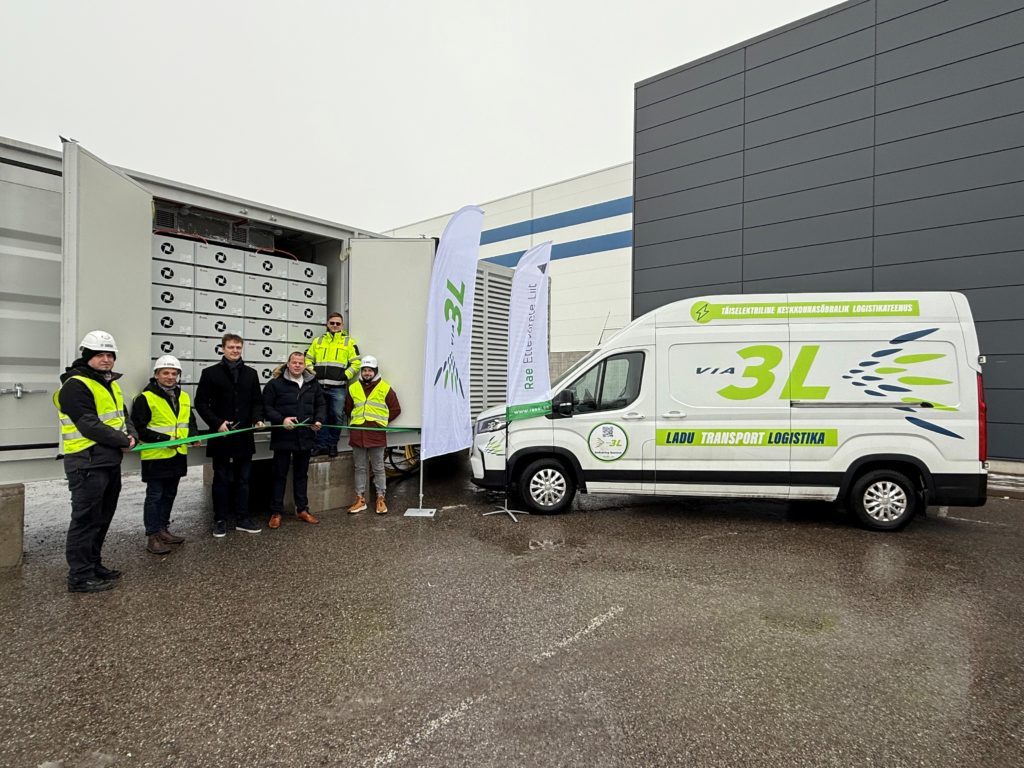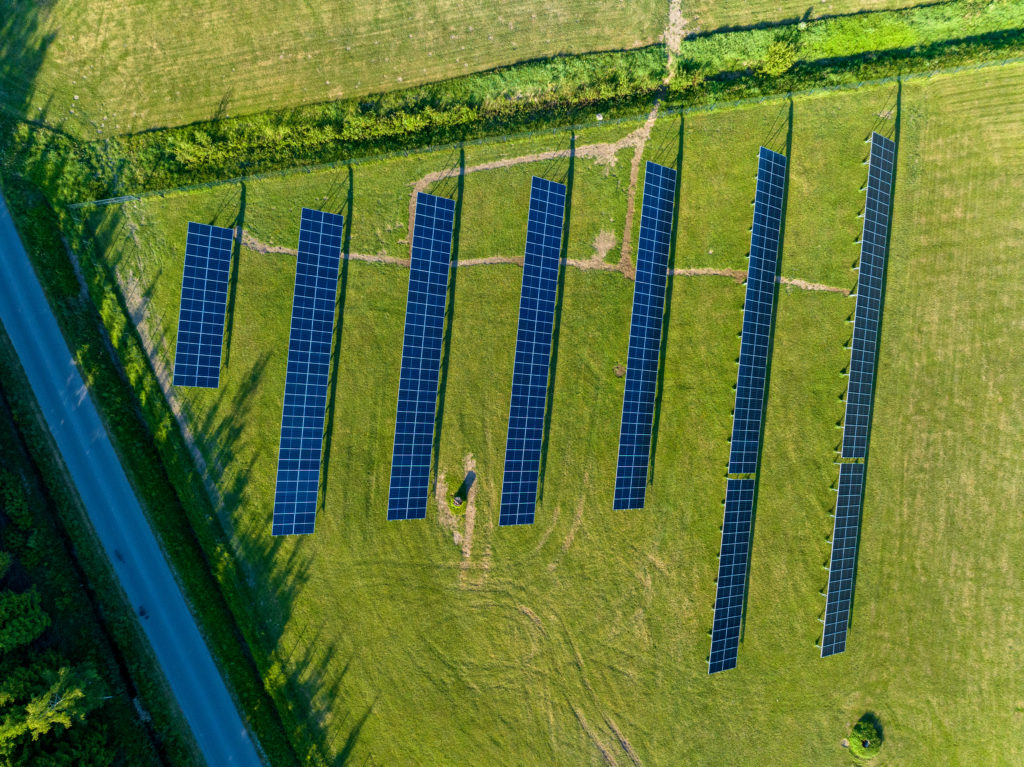Solar energy
Mounts and angles of solar panels
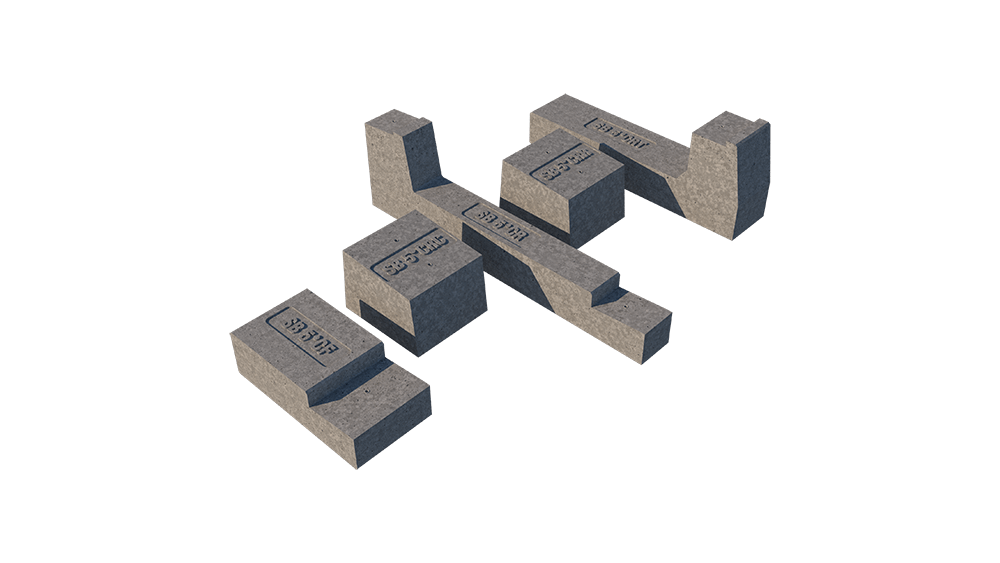
There are many options to mount solar panels. The most common are mounting solar panels on a pitched roof, flat roof, as roofing or balcony railings, on the façade of the building, or on the ground.
In Estonia, the optimal mounting angle for solar panels is 30–40 degrees relative to the ground, which ensures maximum annual total productivity. If solar panels are mounted 20 degrees below or above the optimal position, the difference in annual productivity is not significant (generally less than 5%).
In the case of a pitched roof, solar panels are generally installed parallel to the roof, meaning that their angle is determined by the angle of the roof. The position of a pitched roof also determines their orientation. Generally, mounting on a pitched roof is one of the cheapest and also the most common mounting options for private buildings.
When planning a new pitched roof, it is also worth considering a roof with solar panels that can be integrated into the roof. If a customer wants to mount solar panels along with replacing the roofing anyway, not installing roofing helps to save on some costs.
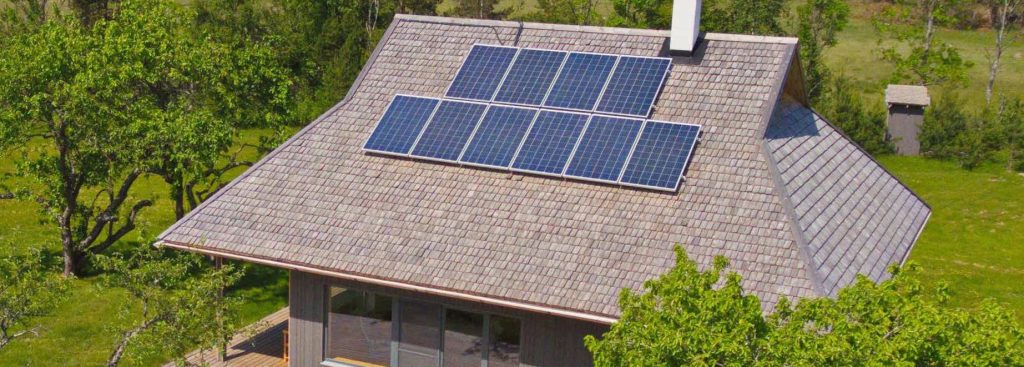
Flat roof installations have the greatest potential in urban areas in Estonia compared to other solar power solutions, as there are more of these buildings than buildings with pitched roofs, especially for commercial buildings.
Additional preliminary work must be carried out on flat roof installations to determine the impact of wind on solar panels, the impact of the additional weight of the mountings on roof structures, the need to use windscreens, and the impact of shade created on the panels on output.
In very windy areas, mounts that are welded to the roof could be considered to ensure wind resistance even with very heavy storms. We generally do not recommend mounts that go through the roof to maintain the long-term waterproofing of the roof.
Roof mounts for solar panels welded to a bitumen roof.
The most common angle of flat roof mounts is approximately 15 degrees, but a smaller angle is also used in larger manufacturing and commercial buildings. The lower angle ensures less shade created by the rows of panels and reduces the weight of the ballast, which is installed on mounts to withstand wind loads. The 15-degree angle accommodates significantly more panels and reduces the output only slightly compared to the optimal 35-degree angle.
A smaller angle (generally 10 degrees) is also used for an east-west orientation of the panels, which allows maximum use of the roof’s surface.
Installing solar panels on the ground should be considered if there is no suitable roof but there is unused land that does not have shade created by surrounding objects.
It is important to know the type of subsoil in the case of ground installation. Concrete foundation, screw and driven piles can be used. The peculiarities of the location must also be taken into account when selecting the ground mounts. We recommend using aluminum mounts near the sea, while hot galvanised solutions may be considered for inland use.
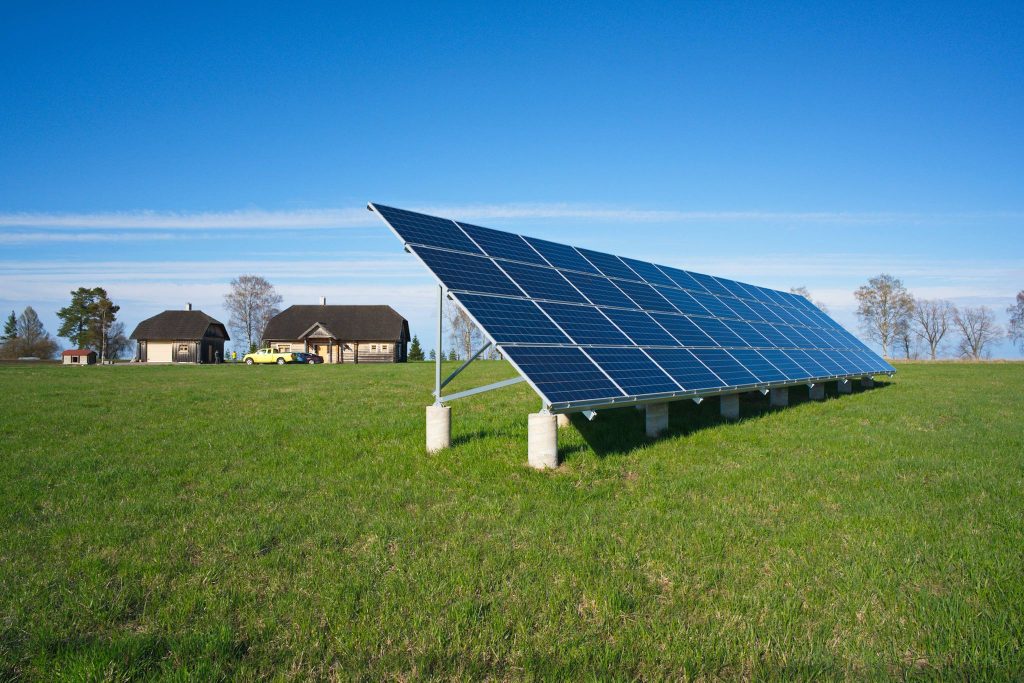
When integrated into a building, solar panels can, for example, be installed as part of a pitched roof, onto the façade or balcony, and additionally as parts of various canopies (e.g. the roof of a parking lot). If a roof is renovated or a new building is constructed together with the installation of solar panels, the total price will be lower compared to doing these things separately.
Using solar panels instead of roof tiles or a tin roof is a smart way to lead an eco-friendly and sustainable lifestyle.
Both solar power solutions with stationary and reversible drives can be installed on the ground. The latter may increase the productivity of a solar power station by 20–25%, but its price and later need for maintenance are significantly higher. In general, the reversible solution is suitable for places with a lot of direct sunlight (e.g. in southern Europe), and not Estonia, where there the proportion of diffused light is large due to high cloudiness.
